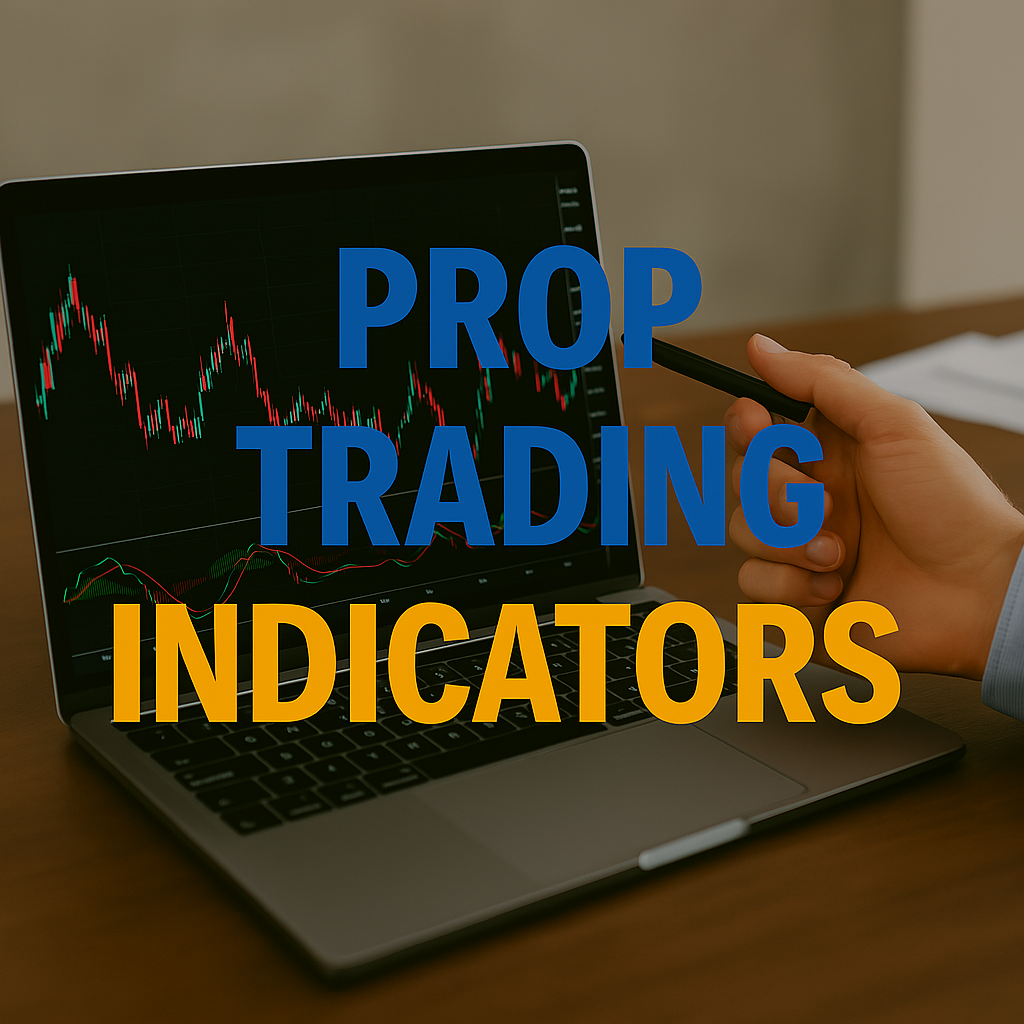Best Indicators for Prop Traders (and How to Use Them)
To succeed in the funded trading world, knowing the right tools is just as crucial as developing skill. One of the most important tools? Prop trading indicators. These technical signals guide your entries, exits, and risk decisions. While no indicator guarantees success, combining the right ones with sound discipline can drastically improve performance.
Why Prop Trading Indicators Matter in a Funded Environment
Prop traders operate in a rules-based environment where precision and consistency matter more than risky bets. Unlike retail traders, they must manage strict drawdowns and adhere to risk protocols. Using prop trading indicators allows traders to navigate this structure more confidently.
Additionally, indicators help remove emotion from decision-making. Instead of trading on impulse, you respond to signals backed by data and proven behavior.
Top Prop Trading Indicators (and How to Use Them)
1. Moving Averages (MA & EMA)
Moving averages help you identify the trend direction and smooth out market noise. Use a short-term EMA (e.g., 9 or 21) for entries and a longer-term SMA (e.g., 50 or 200) for trend confirmation.
Tip: When a fast EMA crosses above a slow EMA, that’s typically a bullish signal. The opposite suggests potential reversal.
2. Relative Strength Index (RSI)
RSI measures momentum and signals overbought or oversold conditions. An RSI above 70 may indicate a pullback, while below 30 suggests a bounce could follow.
Tip: Combine RSI with a trend indicator to avoid false reversals in strong trending markets.
3. Volume Profile
Volume-based indicators reveal where institutional interest lies. They highlight support/resistance levels with high traded volume, making them valuable for setting stops or targets.
Tip: Look for confluence between volume zones and trendlines for stronger setups.
How to Combine Prop Trading Indicators for Better Results
The most successful traders rarely rely on a single tool. Instead, they combine multiple prop trading indicators for confirmation. For example, you might use a moving average to define the trend, RSI to identify entries, and volume to confirm strength.
Also, always test your indicators on a demo or evaluation phase before applying them to a funded account. That’s how Larsa Capital traders build reliable strategies with long-term potential.
Final Thoughts
Mastering prop trading indicators is about more than memorizing signals. It’s about understanding market structure, combining tools wisely, and executing with discipline. As a prop trader, these indicators will guide you through volatility, help you make data-driven decisions, and boost your edge in a competitive environment.

